Introduction
Pig’s trotters, often underestimated and misunderstood, are a culinary gem that boasts a rich, gelatinous texture and a flavor profile that can be both comforting and adventurous. In many cultures, they are celebrated for their nutritional benefits and their ability to transform into a dish that is as elegant as it is hearty. From the sticky, sweet glazes of Asian cuisine to the hearty stews of European kitchens, pig’s trotters can be prepared in myriad ways to delight the palate. This article aims to be your comprehensive guide on how to cook pig’s trotters to perfection, ensuring they become a beloved addition to your culinary repertoire.
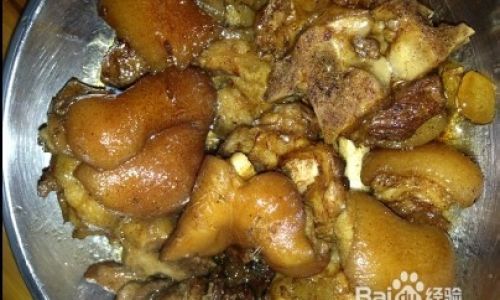
Section 1: Understanding Pig’s Trotters
Before diving into the recipes, it’s crucial to understand what pig’s trotters are and why they are worth cooking. Pig’s trotters, also known as pig’s feet, are the hooves of a pig. They are composed mainly of bone, skin, and a small amount of muscle tissue. When cooked properly, the collagen-rich skin transforms into a gelatinous texture that is both satisfying and nutritious. Pig’s trotters are high in protein and collagen, making them an excellent choice for those looking to improve skin elasticity, joint health, and overall well-being.
Section 2: Preparing Pig’s Trotters for Cooking
-
Sourcing Fresh Trotters: Start by sourcing fresh, high-quality pig’s trotters from a reputable butcher or grocery store. Fresh trotters should have a clean, slightly sweet smell and should be free of blemishes or discoloration.
-
Cleaning and Trimming: Rinse the trotters thoroughly under cold running water to remove any dirt or debris. Use a sharp knife to trim away any excess hair, nails, or hard scales. This step is crucial for a presentable final dish.
-
Soaking: Soak the cleaned trotters in cold water for at least 30 minutes to draw out any remaining impurities. Change the water if it becomes discolored.
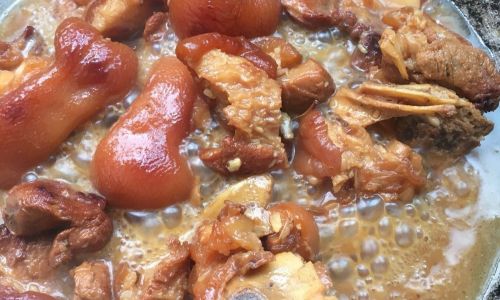
-
Blanching: Blanching helps to further clean the trotters and tightens the skin, making it less likely to fall apart during cooking. Bring a large pot of water to a boil, add the trotters, and cook for about 5 minutes. Remove them with a slotted spoon and rinse under cold water to stop the cooking process.
Section 3: Cooking Techniques for Pig’s Trotters
-
Boiling and Simmering: Boiling and simmering are classic methods for cooking pig’s trotters, especially when preparing them for stews or braises. After blanching, place the trotters in a large pot with enough water or broth to cover. Add aromatics like onions, carrots, celery, garlic, and bay leaves. Bring to a boil, then reduce the heat and simmer gently until the trotters are tender, usually 1.5 to 2 hours. This method allows the collagen to slowly break down, resulting in a rich, gelatinous texture.
-
Braising: Braising combines moist heat with a small amount of liquid, often a flavorful broth or sauce, to cook the trotters slowly over low heat. This method is ideal for dishes that require a deeper, more complex flavor profile. Preheat your oven to around 325°F (165°C). In a heavy-bottomed pot or Dutch oven, sear the trotters on all sides until browned. Add chopped vegetables, herbs, and a liquid such as beer, wine, or broth. Cover and cook in the oven for several hours, until the meat is tender and the sauce has thickened.
-
Pressure Cooking: For a quicker cooking time, a pressure cooker can be used. This method retains the flavors and nutrients while significantly reducing the cooking time to about 45 minutes to an hour. Follow the same steps as for boiling or braising, but use the pressure cooker’s settings to achieve the desired texture.
-
Grilling and Roasting: For a more unconventional approach, pig’s trotters can be grilled or roasted. This method requires pre-cooking the trotters to tenderize them, then finishing them on the grill or in the oven with a glaze or marinade. Grilling adds a smoky flavor and a crispy exterior, making them an excellent choice for a barbecue or outdoor gathering.
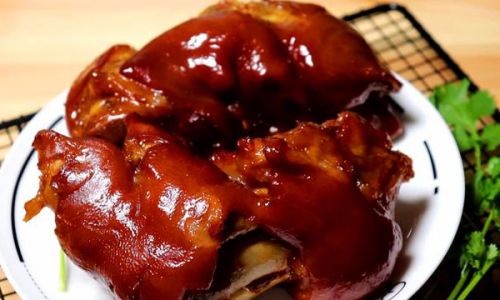
Section 4: Flavor Profiles and Seasoning
The versatility of pig’s trotters lies in their ability to absorb a wide range of flavors. Here are some popular seasoning and flavor combinations:
-
Asian-Inspired: Use soy sauce, hoisin sauce, ginger, garlic, and five-spice powder for a tangy, sweet, and aromatic dish.
-
Mediterranean: Olive oil, lemon zest, rosemary, thyme, and red wine vinegar create a fresh, bright flavor profile.
-
Spanish-Style: Combine paprika, tomatoes, onions, and garlic for a rich, slightly spicy stew.
-
BBQ: A blend of brown sugar, molasses, mustard, and your favorite BBQ sauce adds a sticky, sweet glaze perfect for grilling.

Section 5: Serving and Enjoying Pig’s Trotters
Pig’s trotters can be served as a main course, a side dish, or even incorporated into other recipes like soups or stews. When serving, consider the following tips:
- Presentation: For a more refined presentation, peel off the outer skin and bones before serving, slicing the meat into bite-sized pieces.
- Accompaniments: Pair pig’s trotters with sides that complement their rich texture, such as roasted vegetables, mashed potatoes, or crusty bread.
- Sauces: Offer dipping sauces like mustard, aioli, or a spicy vinaigrette to enhance flavor.
Conclusion
Pig’s trotters, often dismissed as an oddity, are a culinary treasure trove waiting to be explored. With the right techniques and flavor combinations, they can transform into dishes that are as visually appealing as they are delicious. Whether you’re looking to create a hearty stew, a tangy grilled treat, or an elegant braised dish, pig’s trotters offer a unique and satisfying culinary experience. By following the steps outlined in this guide, you’ll be well-equipped to cook pig’s trotters to perfection, delighting your family and friends with every bite. So, don’t be afraid to embrace this underappreciated ingredient and start experimenting with your own pig’s trotter recipes today!
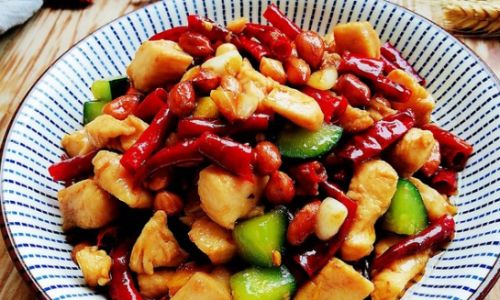
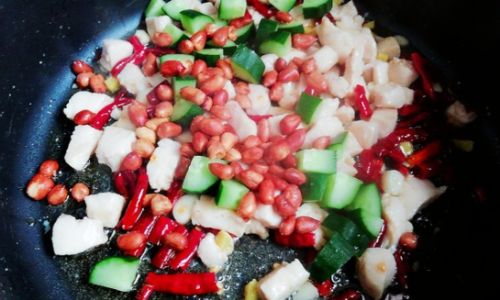
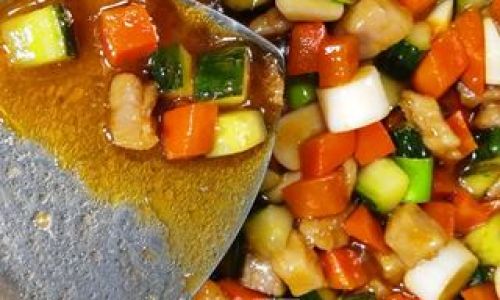
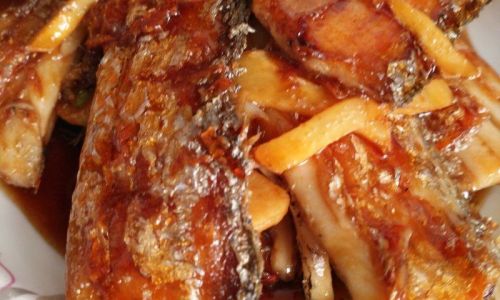
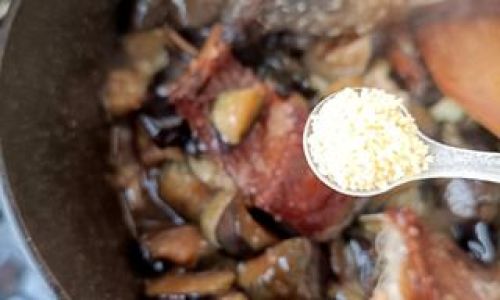
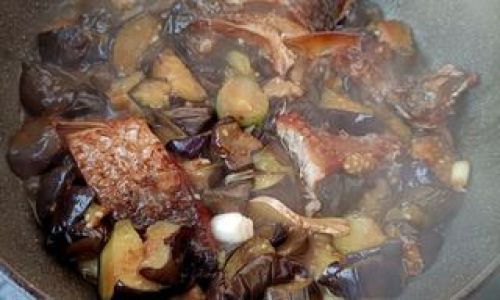
0 comments